Plaques route 2 Marylebone station to Maida Vale station
Leave Marylebone station via side entrance turn right onto Harewood Avenue with the building of the Sisters of Mercy, St Edward’s convent, on your left. Turn left into Rossmore Road; at the corner of Lisson Grove is the house of
Benjamin Haydon 1786 – 1846 116 Lisson Grove
Painter lived here
An artist who specialised in grand historical pictures, Haydon was plagued by financial problems throughout his life, which involved various spells in a debtor’s prison. His tactless dealings with patrons and wanting to work on an enormous scale – for example his Raising of Lazarus measured 14 ft by 22 ft – did not help his career. He was a tutor to Edwin Landseer
The “Immortal dinner” was held in Haydon’s house on 28 December 1817 when his young friend John Keats, aged 23, met William Wordsworth the poet, who was down in London on a visit, together with Charles Lamb and Thomas Monkhouse who was a friend of Keats. Haydon’s diary says :
On December 28th the immortal dinner came off in my painting room. Wordsworth was in fine cue and we had a glorious set-to, on Homer, Milton and Virgil. Lamb got exceedingly merry and exquisitely witty; and his fun in the midst of Wordsworth’s solemn intonations of oratory was like the sarcasm and wit of the fool in the interval of Lear’s passion
In the morning of this delightful day, a gentleman, a perfect stranger, had called on me. He said he knew my friends, had an enthusiasm for Wordsworth, and begged I would procure him the happiness of an introduction. He told me he was a comptroller of stamps and often had correspondence with the poet. (W was Distributor of Stamps for Westmorland) I thought it a liberty but still as he seemed a gentleman, I told him he might come. When we retired to tea we found the comptroller In introducing him to Wordsworth I forgot to say who he was. it was an immortal evening and that in my life I never passed a more delightful time.
In 1835 he conducted lecture tours through the country, trying to convince the public that public buildings should have history paintings showing the glories of the nation’s past, but although the cause was won after the rebuilding of the Houses of Parliament and historical paintings were included, Haydon’s paintings were not among the ones chosen. He shot himself but this failed to kill him so he cut his own throat.
Charles Rossi 1762 – 1839 116 Lisson Grove
Sculptor lived here
Rossi was the pupil of sculptor Giovanni Battista Locatelli and worked with him for eighteen shillings a week until he joined the Coade stone works at Lambeth. He entered the Royal Academy School in 1781 and won the gold medal in 1784, then travelled to Rome for three years. Back in London he leased premises in Marylebone where he made statues and follies of artificial stone, He became a Royal Academician in 1802 and won commissions for military and naval heroes in St Pauls Cathedral, and terracotta architectural decorations for St Pancras New church (1819 – 22), the most expensive church built in the capital since St Paul’s. The decorations included two sets of caryatids, built up in sections cemented around structural cast iron columns; they were modelled on figures from the Acropolis, one of which had been on display in the British Museum in 1817.
Rossi owned a large house in Lisson Grove which he had acquired in the early 1820s when that part of the Eyre estate was really rural and he had wanted land for a house, a gallery to exhibit his work and a building shop. He rented part of it to artists like Charles Leslie (1794 – 1859) and Benjamin Haydon, who remained his tenant until imprisoned for debt in 1823. He retired from the Royal Academy with a pension shortly before his death in 1839 leaving his family “nothing but his fame”, perhaps not surprisingly as he married twice and had eight children by each wife.
Turn right along Lisson Grove passing Church Street market on the left , cross over the Regent’s canal and turn left through footpath and follow the route of the canal – on your right passing Pollitt Drive and an unmarked road. Take the right hand alley way until you come to the end of the path in Cunningham Place, opposite No 17 the home of
Emily Davies 1830 – 1921 17 Cunningham Place
Founder of Girton College lived here
Emily Davies was a feminist, suffragist and pioneering campaigner for women’s right to a university education. In 1862 she moved to Cunningham Place with her mother (and remained there until 1886) when she became editor of the Englishwoman’s Journal and set up a women’s discussion group with , among others, Elizabeth Garrett Anderson, Dorothea Beale and Francis Mary Buss. In 1889 Girton College was established in Hitchin, Herts and moved to Girton outside Cambridge in 1873. Emily Davies was the co-founder and first Mistress of the college. In 1901 she was awarded an honorary DLl from Glasgow University.
Turn left down Cunningham Place past the restaurant/pub Crockers Folly into Aberdeen Terrace. On the right is No 32 the home of
Wing Commander Guy Penrose Gibson V.C., D.S.O and Bar., D. F.C and bar 1918 – 1944 32 Aberdeen Place
Pilot leader of the Dambusters Raid lived here
Guy Gibson was a bomber pilot with 83 Squadron and by the age of 24 he had completed over 170 operations and been awarded the Distinguished Service Order and Bar and the Distinguished Flying Cross and Bar. In 1943, he was selected to lead 617 Squadron, known as the ‘Dambusters’, in their attack on the Ruhr Dams, when they had to fly low over mountains at night carrying Barnes Wallis’ bouncing bombs. It took five attempts to breach the Moehne Dam and then Gibson led three of the remaining planes to attack the Eder Dam. Only 11 Lancasters returned of the 19 that set out, and 53 men were killed.
Gibson received the Victoria Cross, and subsequently embarked on a lecture tour of America.Then came a spell at the Air Ministry – this was when he was able to have a home in Aberdeen Place with his wife, the actress Evelyn Moore whom he had married in 1940 but had rarely seen. In September 1944 he was killed in a raid over Germany. For many years it was assumed he had been shot down, and later that he had run out of fuel. He is now thought to have been killed by friendly fire, when an English plane mistook his plane for a German one. After his death Barnes Wallis said “he had pushed his luck beyond all limits and he knew it. But that was the kind of man he was – a man born for war but born to fall in war.”
Turn right into Northwick Terrace, right into St John’s Wood Road for a few yards and left into Hamilton Terrace. On the right at No 10 lived
Sir Charles Mackerras CH CBE (1925 – 2010) 10 Hamilton Terrace
Sir Charles was the first Australian conductor to be chief conductor of the Sydney Symphony Orchestra and had a long association with the English Nation Opera and Welsh National Opera.. He arrived in England in 1947 and worked as oboist and cor anglais player at Sadlers Wells Theatre before studying conducting in Prague, where he came under the spell of Janacek’s operas. In 1959 he made a landmark recording of Handel’s music for the Royal Fireworks using original wind band instrumentation. He was an authority on the operas of Janacek and Mozart, and the comic operas of Gilbert and Sullivan.
At no 14 lived
Philip Jones CBE 1928 – 2000)
Philip Jones was born in Bath on 12 March 1928 into a line of brass players, beginning by playing the bugle as a sea cadet at the age of nine before moving on to the trumpet and cornet two years later. In 1951, he set up the Philip Jones Brass Ensemble (PJBE), initially just a quartet of players from the Royal Opera House Orchestra, with his uncle playing second trumpet. During the 1950s and 60s whilst building on the success of the PJBE, Philip Jones occupied the principal trumpet seat of several first class orchestras, including the Royal Philharmonic Orchestra (1956-60), the Philharmonia (1960-64), the New Philharmonia (1965-7) and the BBC Symphony Orchestra (1960-71). By the 1970s they were a 10-piece ensemble of 4 trumpets, horn, 4 trombones and a tuba, and they were touring all over the world.
Philip Jones was Director of the School of Wind and Percussion at the Royal College of Music in Manchester (1975-1977) and at the Guildhall School of Music and Drama in London from 1983 -88 and then Principal of Trinity College of Music.
On the left hand side of road at no 17 lived
Sir Joseph William Bazalgette CB (1819 – 1891) 17 Hamilton Terrace
Civil engineer lived here
Sir Joseph Bazalgette was the civil engineer responsible for designing London’s sewers. After working on projects in N Ireland he set up in 1842 as a consulting engineer in Westminster. In 1849 he joined the London Metropolitan Commission of Sewers, becoming chief engineer by 1852 and in 1855 to its successor the Metropolitan Board of Works, which had control of the building of a new London sewer system. 83 miles of intercepting sewers were finally completed in 1884. Bazalgette was also responsible for the design and construction of the Victoria Embankment, under which the new sewers were to lie. A bust of Sir Joseph by the sculptor George Simmonds still exists on the Embankment near Charing Cross.
Cross the road to No 20
Sir George Alexander Macfarren (1813 -1887) 20 Hamilton Terrace
Macfarren was the son of a dancing master and author who suffered all his life from poor sight and had to have an amanuensis. He was Principal of the Royal Academy of Music, Professor at Cambridge, conductor at Covent Garden, programme-note writer for the Philharmonic Society and editor of Handel and Purcell. He wrote eighteen operas, thirteen oratorios and cantatas, nine symphonies and one hundred and sixty two songs despite going blind in 1860
and
William Strang 1859-1921 20 Hamilton Terrace
Painter and etcher lived here 1900 – 1921
Scottish painter and etcher William Strang worked for eighteen months in the counting house of a firm of shipbuilders before going to London in 1875 when he was sixteen. He studied art at the Slade School for six years and became assistant master in the etching class. He was one of the original members of the Royal Society of Painter-Etchers, and his work was a part of their first exhibition in 1881. Some of his best etchings were done as series – for example illustrating Kipling’s stories. Many distinguished people sat for him, most notably Vita Sackville-West entitled Lady with a Red Hat . One of his best-known paintings, Bank Holiday, is at the Tate Gallery..
Continue along the street until you reach Hall Road, cross over and turn right and one house from the corner is No 10
John Waterhouse 1849 – 1917 10 Hall Road
Painter lived here 1900 – 1917
John Waterhouse was born in Italy, the son of two English painters who soon returned to England ; he studied at the Royal Academy and began exhibiting large works depicting scenes of life in Ancient Greece and Rome. At first he painted in the style of Alma Tadema and Leighton but gradually adopted the Pre Raphaelite style, though the Brotherhood had broken up many decades before. His paintings often showed the psychological division between a single figure and a group, and he was fascinated by enchantresses. He taught at the St Johns Wood Art School and shared 5 Primrose Hill Studios with painter Collier Twentyman Smithers, the grandson of Albert Twentyman who developed St John’s Wood Park.
Retrace steps back to Hamilton Terrace and turn right. On the left hand side of road is No 93
Gerald Finzi (1901 – 1956) 93 Hamilton Terrace
Gerald Finzi was an English composer whose first success came with his song cycles “A young man’s exhortation” (1926-29) and “Earth and Air and Rain “ (1928-32),which established him as a sensitive setter of poetry. Born at 93 Hamilton Terrace, he had had a sad childhood, dogged by ill health and the death of his three elder brothers in the First World War. He championed the work of Ivor Gurney and Hubert Parry and was a friend of Ralph Vaughan Williams, who conducted the first performance of Finzi’s Violin concerto. After the Second World War came his Clarinet Concerto (1948) and his “Intimations of Mortality” for tenor, chorus and orchestra. His Cello concerto was first broadcast in 1956 on the night he died.
Chief Rabbi Joseph Herman Hertz (1872- 1946) 103 Hamilton Terrace
Joseph Hertz was a Hungarian born Rabbi and Bible scholar, who emigrated to New York in 1874 and in 1898 became Professor of Philosophy at Transvaal University, South Africa. In 1913 he became Chief Rabbi of the United Hebrew Congregations of the British Empire, his oratory, erudition and sincerity earned him the respect of the majority of British Jews and this memorial plaque was unveiled in 1998.
Turn left and walk down Abercorn Place to Maida Vale, crossing at traffic lights, and walk a few yards down Elgin Avenue to Maida Vale station
Time @ 50 minutes 4.12 km 2.5 miles


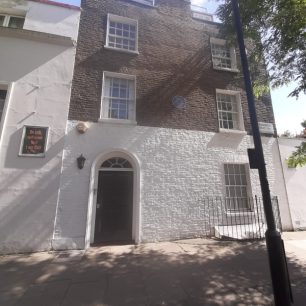
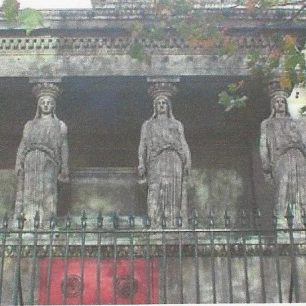


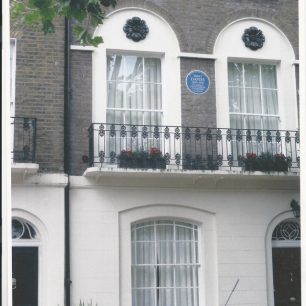

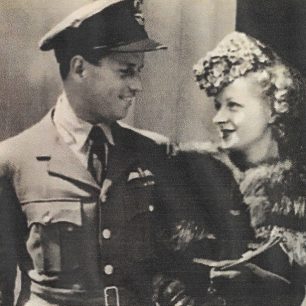
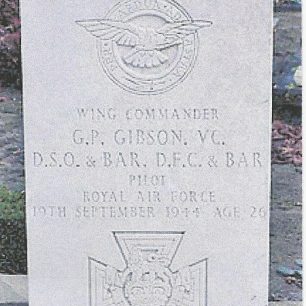
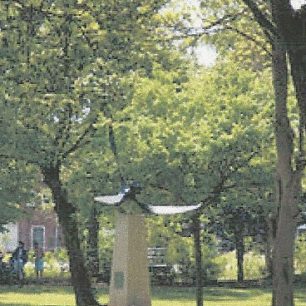
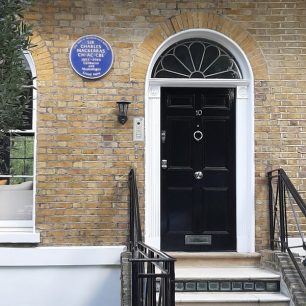
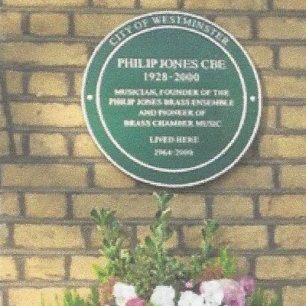

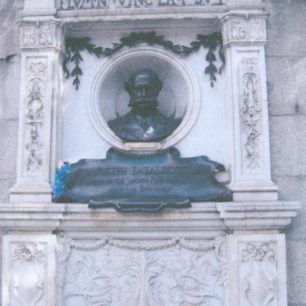
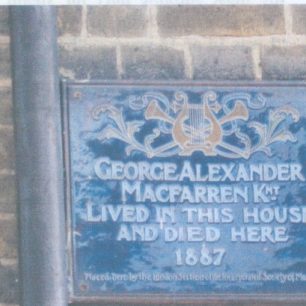

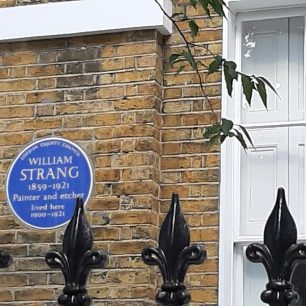
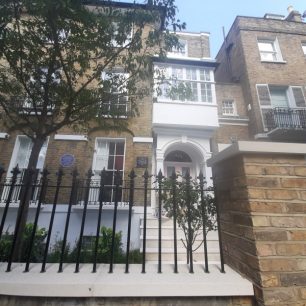

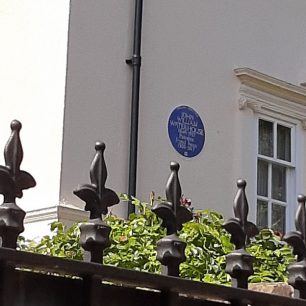
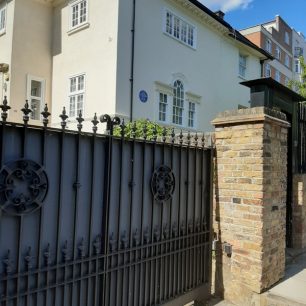
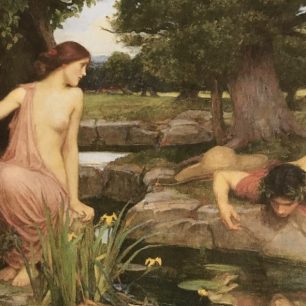






No Comments
Add a comment about this page